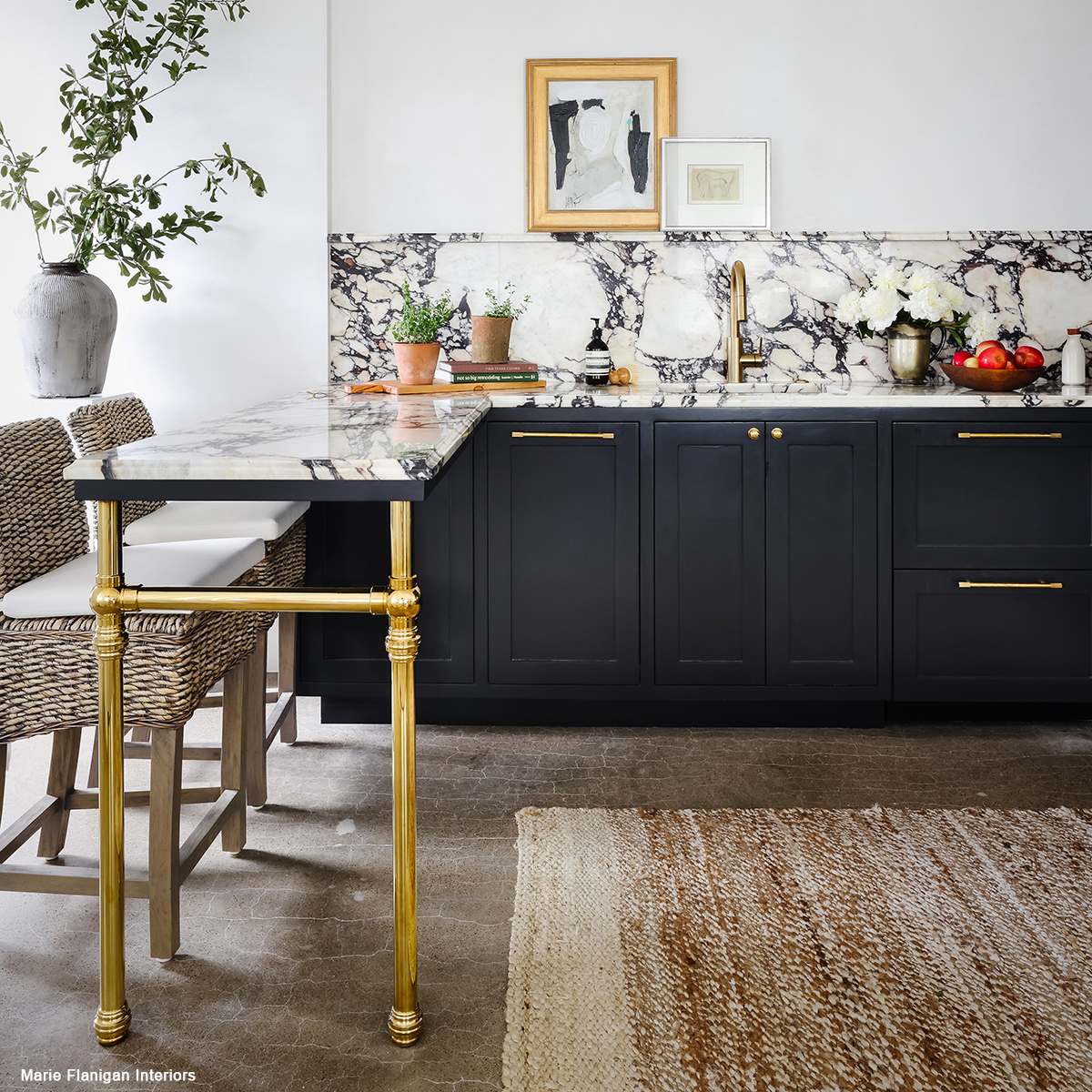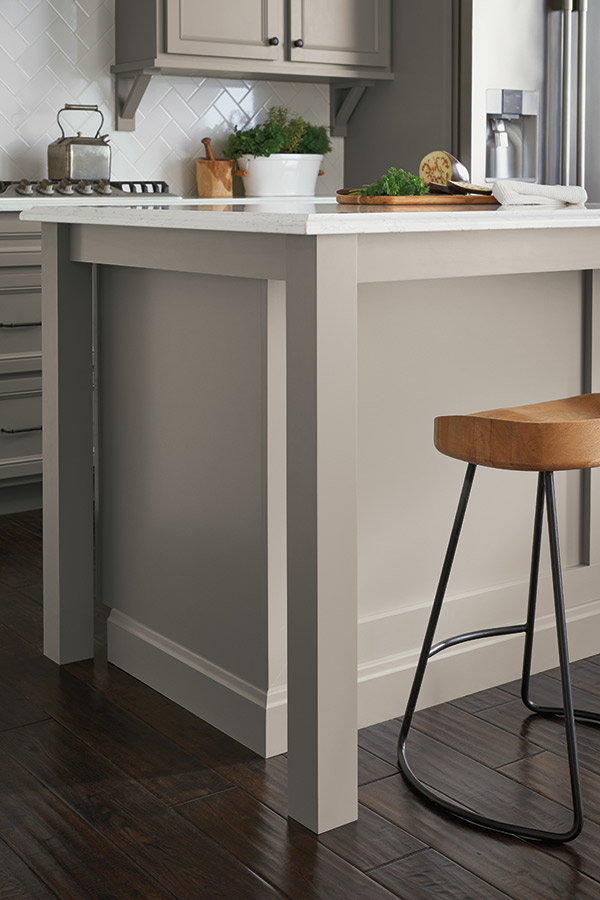Achieve a Sophisticated Appearance Making Use Of Ornate Legs For Kitchen Island Designs
Achieve a Sophisticated Appearance Making Use Of Ornate Legs For Kitchen Island Designs
Blog Article
A Guide to Choosing the Perfect Legs For Kitchen Island for Your Home
Choosing the ideal legs for your kitchen island is a nuanced decision that impacts both the capability and aesthetic allure of this central space. Variables such as elevation, products, and style play an essential function in harmonizing your island with the overall cooking area design. Additionally, understanding the importance of stability and upkeep can dramatically influence your selection. As you consider these elements, it comes to be noticeable that the ideal legs can change not just the appearance of your kitchen area yet additionally its usability for years to find. What specific features should you prioritize in this choice process?

Recognizing Kitchen Island Legs
When selecting legs for a kitchen area island, it's necessary to understand their useful and visual functions in the overall design. The legs offer as a crucial support group, making certain security and durability for the island, which commonly works as a work space, dining area, or gathering spot. The choice of product and building and construction method have to be robust adequate to stand up to daily usage and possible wear.
In addition to their structural responsibilities, legs add significantly to the island's visual charm. They can enhance the kitchen's style, whether with standard, contemporary, or eclectic styles. The height and percentage of the legs are likewise critical considerations; they must integrate with the island's countertop height while making sure comfortable seating for those utilizing the area.
Moreover, the leg style can influence the general flow of the kitchen. Open, airy leg designs can create a feeling of agility, while strong, considerable legs might communicate a more grounded and steady aesthetic - Legs For Kitchen Island. Comprehending these aesthetic and useful facets will certainly assist house owners in making notified options that enhance their kitchen area's design and improve its usability
Popular Styles and Materials
The option of legs for a kitchen island encompasses a variety of popular styles and materials, each offering special qualities that can improve both functionality and aesthetic appeals. Amongst the most popular styles are contemporary, rustic, and standard. Contemporary legs commonly feature sleek, minimal styles that stress simpleness and tidy lines, making them perfect for modern-day kitchen areas. Rustic designs, on the various other hand, welcome natural environments and commonly showcase recovered timber or distressed finishes, adding warmth and charm to the space. Conventional legs generally show elaborate details and workmanship, improving classic kitchen area designs.

Height and Stability Considerations

Stability is an additional vital consideration. The legs of the kitchen island must offer adequate assistance, ensuring that the structure can endure day-to-day use without shifting or wobbling. Material selection plays a considerable duty in stability; steel legs, as an example, often tend to use higher strength contrasted to wood. In addition, making sure that the island is securely anchored to the go to my blog flooring or wall surface can enhance security, particularly for larger islands that might bear substantial weight.
Matching Your Cooking Area Aesthetic
Selecting the ideal legs for your kitchen area island exceeds functionality; it additionally plays a substantial duty in the overall aesthetic of the space. When selecting legs, take into consideration the design style of your cooking area. For a contemporary appearance, streamlined steel or minimalist designs can develop a clean, modern vibe. On the various other hand, rustic or typical kitchens frequently take advantage of wooden legs with intricate outlining or a troubled coating, improving warmth and personality.
Shade is an additional crucial element. Legs that complement or contrast with your island's surface area and bordering kitchen cabinetry can develop visual harmony or striking focal points. Combining dark timber legs with a light marble counter top can include deepness and interest. In addition, take into consideration the surface of the legs; matte, glossy, or distinctive coatings can substantially influence the general feeling of the kitchen area.
Installation and Upkeep Tips
Installing kitchen area island legs calls for careful interest to detail to guarantee both stability and visual charm. Begin by choosing a suitable location for your island, ensuring it is level and has adequate area for activity. Utilize a stud finder to situate wall surface studs if you are attaching the legs to a wall or utilizing brackets for included assistance. Mark the placement of the legs precisely prior to drilling.
When safeguarding the legs, make use of high-quality screws and, if necessary, wood adhesive for extra toughness. look at more info For steel legs, ensure that you are utilizing appropriate anchors and devices to avoid damage to your flooring. It is recommended to look for click this levelness after installment, making modifications as required to prevent wobbling.
Clean the legs with a suitable cleaner, avoiding rough materials that might scrape the surface area. By following these setup and upkeep ideas, you can ensure that your cooking area island legs continue to be both functional and visually attractive.
Verdict
Finally, picking the suitable legs for a kitchen island requires mindful factor to consider of height, stability, and aesthetic compatibility. By picking appropriate products and designs that align with the total kitchen area design, functionality can be enhanced while keeping aesthetic appeal. Proper installation and ongoing maintenance further add to the durability and long life of the kitchen island. Inevitably, thoughtful leg choice plays a crucial role in raising both the functionality and design of the kitchen area room.
When choosing legs for a kitchen island, it's important to understand their functional and aesthetic functions in the total layout. Open, ventilated leg designs can develop a feeling of agility, while solid, substantial legs might share an extra grounded and secure visual. The legs of the kitchen island should supply sufficient assistance, making sure that the framework can stand up to daily use without wobbling or shifting.Setting up kitchen island legs calls for mindful interest to detail to make sure both stability and visual allure.In final thought, selecting the suitable legs for a kitchen island demands mindful consideration of elevation, stability, and visual compatibility.
Report this page